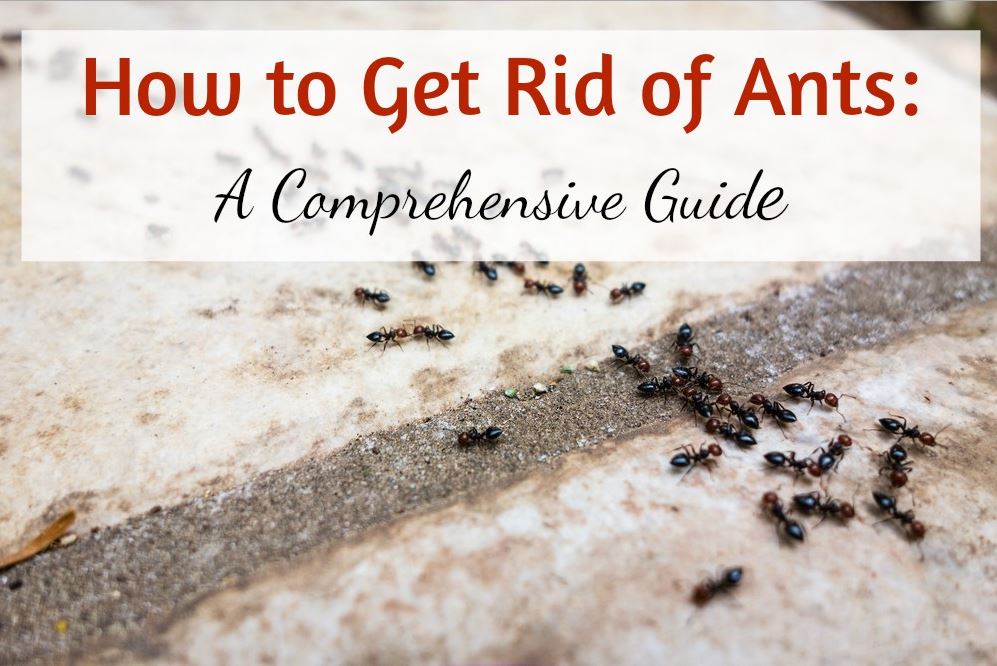Ants are usually busy, beneficial insects that help eliminate other pests, but that doesn’t mean that homeowners aren’t bothered by them when they find themselves sharing the kitchen cabinets with a blossoming colony. Figuring out how to get rid of ants depends on several factors such as the type of ants that you’re dealing with, the extent of the infestation, and the methods that you can use to repel the tiny insects.
This article will help you identify the different types of ants commonly found in and around homes, detail the types of repellents that can be used and their effects, and offer you some extra tips to help protect your home from future infestations. You can also keep reading for the answers to some of the most common questions that homeowners ask themselves when dealing with an ant infestation:
- How do ants get in your house?
- What causes ants in the house?
- How to remove ants from house and yard areas?
- How to kill ants in the house safely?
If you’re unsure of how to remove ants from your property or how to protect your home from ant infestation, keep reading to get all of the tips you’ll need when dealing with these tiny nuisances!
Contents
How to Get Rid of Ants
Ants are a very common problem in many homes across the country. They are usually attracted to the food in houses and homeowners are often faced with troublesome and frustrating infestations that may seem difficult to combat. However, there are many effective methods to repel ants and to guard our homes against future infestations.
Ants may seem insignificant but they can cause a wide range of problems for homeowners, including property damage and health issues brought on by food contamination. Here are the steps you can take to get rid of ants in and around your home:
Step 1: Inspect Your Home
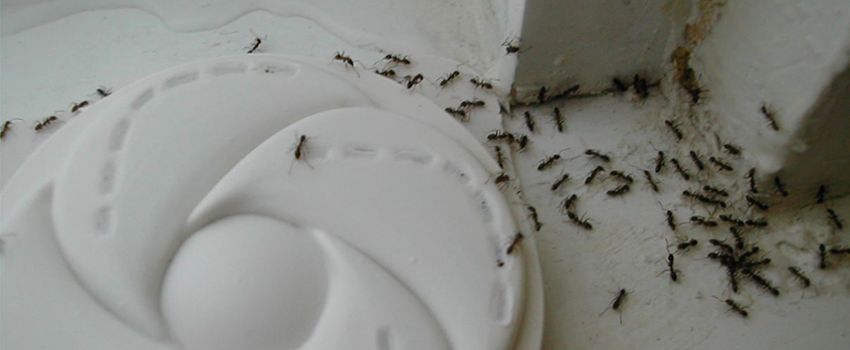
You can inspect your home on a regular basis to find the early signs of an ant infestation and remedy the issue before it becomes more serious and causes significant damage to your home. Spotting a few ants walking around your floors or pantry may not be a sign of trouble, but regularly finding ants in these areas can be an indicator that a colony has moved nearby.
Here are a few ant infestation signs that you can keep an eye out for when inspecting your home:
- Live ants overrunning food. Although a few ants can occasionally wonder into your home looking for food, finding many of the insects overrunning food that’s been left exposed is usually an indicator of a bigger problem. If you have pets, you can also look for signs of an infestation by checking their food bowls. Ants are constantly looking for food and they’re not picky eaters so you may see them crawling all over you pet’s food.
- Scout ants around your home. Famous for their reputation of being hard workers, ants don’t really stop looking for food. If you see scout ants wondering around your bedrooms or hallways, they may be a sign of a colony present nearby.
- Ant pathways. Some ants leave pheromone trails behind to guide other members of the colony to a food source. Finding ant paths in your home is a good indicator that there is a nest around.
- Ant nests. Seeing ant nests around your house and yard is a clear sign of trouble. Depending on the type of ants you’re dealing with, nests can look like small soil piles or be hidden in dark corners. Some ants even make their nests inside the home’s walls and may cause property damage if they are not dealt with in time
Step 2: Ant Identification 101: Types of Ants
With more than 12,000 species of ants living in the world, it’s no wonder that it becomes difficult for people to recognize the type of ant they are dealing with. For instance, there are several types of fire ants in the U.S. alone so it’s easy to get confused. Tiny ants, big ants, black ants, or yellow ants can be spotted throughout the country and it can become daunting to tell one species apart from the next. Here are the most common types of ants found in the U.S. and how to recognize them:
Odorous House Ants
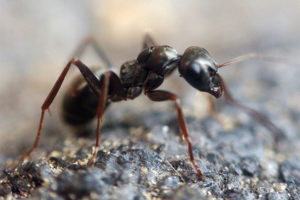
- Diet and Habitat: These ants live in massive colonies that can have as many as 100.000 members and get their name from the strong odor they emit when they are crushed. They are
referred to as house ants because they typically establish nests in and around homes. They establish nests in exposed soil, logs, under rocks, and in floor or wall cracks. Odorous house ants are attracted to sweets and dead insects. - Appearance: This medium-sized ant measures from 1/16″ to 1/8″ in size and it is brown to black in color. Its body is segmented and oval and it can be a winged ant.
- Threat: They can contaminate food with the waste they leave behind.
Argentine Ants
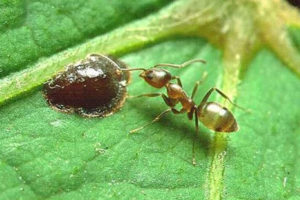
- Diet and Habitat: Native to Argentina, these ants prefer wet climates and their colonies can grow to overwhelming sizes, sometimes spreading to an entire yard or garden. They are
primarily attracted to sweets but will eat almost anything from oils to meat and eggs. - Appearance: Averaging between 1/16″ and 1/4″ in size, the Argentine ant can be dark brown or black and shiny. The medium-sized ant has a segmented, oval body and it can be winged.
- Threat: Argentine ants can contaminate food with their waste.
Carpenter Ants
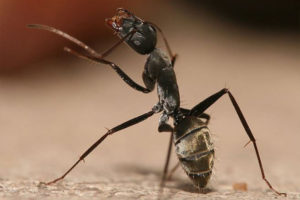
- Diet and Habitat: These ants get their name because like to build their nests in wood. Colonies can grow to a couple of thousand members and
carpenter ants will eat sugary foods, fats, meat, as well as living or dead insect. - Appearance: They can vary in size from 1/2″ to 1″ depending on the purpose that they serve. Workers are smaller than the queen. They are oval shaped and can range in color from red to black. Some carpenter workers can be relatively big ants with wings but their flightless counterparts are easier to spot around the home. You can take a picture of a carpenter ant with you to figure out if this is the species that you’re having trouble with. With these destructive ants, it’s worth the effort to be sure.
- Threat: Big ants that eat wood already sound like trouble and this species is no exception. Carpenter ant damage can be quite expensive to fix as it affects the structural integrity of the home over time. These ants dig tunnels inside the wood and weaken it, damaging the home. Carpenter ants or termites will usually start a colony in rotted wood around your home. If there are no areas with rotten wood around the home but you do spot these large black ants in your house, they may have a nest in your walls.
Red Imported Fire Ants
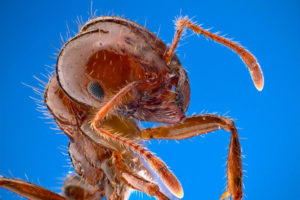
- Diet and Habitat: Red imported fire ants are commonly referred to as red ants but they are different from other red ant species. They are very aggressive when provoked and can inflict a
painful bite. They are highly adaptable and can live in many climates. You can recognize them by their mound nests. Red imported fire ants primarily rely on vegetation as a source of food. - Appearance: This red winged ant varies in size from 1/8″ to 3/8″ and has a dark reddish brown color. Its body is segmented and oval. Colonies can grow to tremendous numbers and live in mounds found near building foundations and landscape areas.
- Threat: These ants have a painful sting that will cause a raised welt and, eventually, a white blister. People suffering from insect sting allergies will be more severely affected by the stings. As these ants are aggressive, finding red ant bites on dogs or cats can be indicators of the presence of a colony nearby.
Pavement Ants
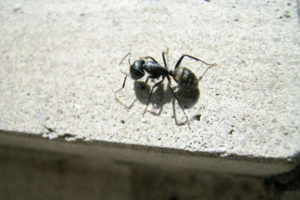
- Diet and Habitat: A tiny ant with wings, the pavement ant is known for the nests it builds in and under cracks in the pavement. Pavement ants will eat anything from insects and meats to nuts, cheese, honey, or grease. The colonies usually have between 3000 and 4000 members and several queens.
- Appearance: This dark brown to black winged ant measures approximately 1/8″ in size. It has an oval, segmented body. Pavement ants are tiny black ants that may or may not be winged and that do not bite.
- Threat: These ants can contaminate food with the waste they are leaving behind.
Step 3: Natural Ant Repellent
One common concern regarding ant repellents is whether they are toxic or not. Most homeowners want to use non-toxic substances to eliminate ants as these are safe for children and pets. When trying to decide how to kill ants in the house without using dangerous chemicals, natural repellents are often the safest way to go.
There are different methods and repellents that work for each type of ant listed above, so here are some of the most effective options you can consider for different ant species.
Diatomaceous Earth
 This natural ant repellent is a dust made from the small skeletal remains of algae and similar plants. It is organic and non-toxic but it cuts through the body of insects, killing them. You can safely use food grade DE in homes with children and pets.
This natural ant repellent is a dust made from the small skeletal remains of algae and similar plants. It is organic and non-toxic but it cuts through the body of insects, killing them. You can safely use food grade DE in homes with children and pets.
Many homeowners don’t know how to kill carpenter ants using non-toxic repellents as they can be difficult to eliminate. It’s worth mentioning that DE is a great and safe option for these ants. The DE must be inserted directly into the nest through the cracks in the wood or through the entries to the colony.
Vinegar

What household items kill ants? Vinegar, among other herbs and spices in your cupboard, can work as an excellent repellent for all the common types of ants. All you have to do is mix equal parts of vinegar and water into a spray bottle and start sprinkling the concoction on the entry paths that ants use as well as on the ants themselves. Make sure to spray the vinegar on countertops, baseboards, and any other surfaces on which ants may travel. It’s quite possibly the best ant spray for indoors as it’s not harmful.
Cornmeal

Wondering how to kill red ants using natural ant repellents? Cornmeal isn’t toxic for humans but it will kill ants because they are unable to digest it. Spreading cornmeal around the areas where ants usually gather and wait for it to work its magic.
Soap and Water

Boiling water and adding soap to it is great if you’re unsure of how to get rid of ants using only a homemade ant spray. Using the concoction on the affected areas and on the ants themselves will help eliminate the problem. Pouring the mixture onto the nest while it’s still boiling hot will also help you eliminate the nest itself so it’s a great tip on how to kill fire ants without getting stung.
Table Salt and Pepper
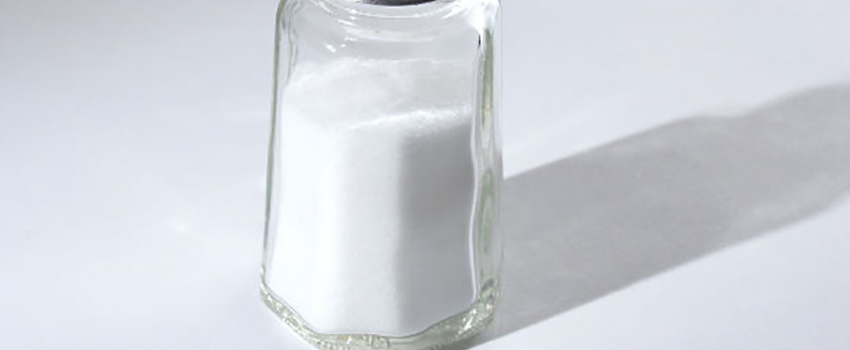
Table salt is an incredibly cheap natural ant repellent that you can use around your home. You can simply add it to boiling water and spread the mixture around the areas in which ants are usually spotted. Sprinkling the salt itself around entry points can also repel ants. Pepper works just as well as salt and you can use it in the exact same way.
Borax and Powdered Sugar Mixture
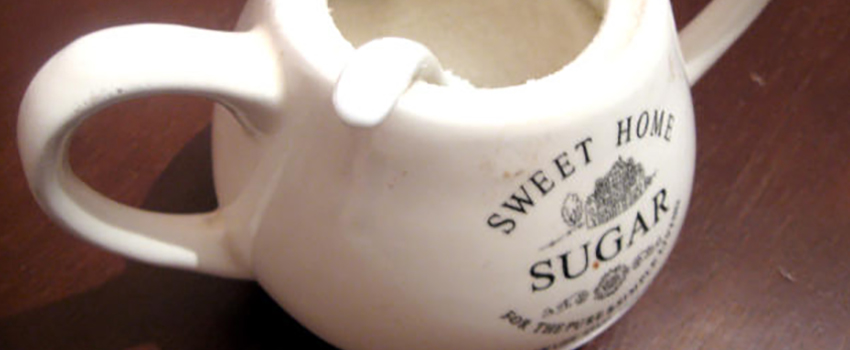
You can mix one part Borax and three parts powdered sugar to create a very effective mixture that you can then place in small containers. Place the containers in the areas that you think ants are using to enter the home. They will be attracted by the sugar and carry the mixture back to the nest. Borax is lethal to ants so it can be a very effective method. However, the substance is not considered safe for kids and pets.
If you don’t know how to get rid of ants with this mixture without worrying about pets or children getting to it, try creating a liquid alternative instead. Mix borax with sugar and water, then dip cotton balls into the mixture and place them in small dishes near the areas where the ants are. Let the ants carry the mixture back to the nest to eliminate the colony. Unless you’re using this method, it’s best to only put borax baits outdoors.
Cinnamon

Deciding how to get rid of ants without killing them doesn’t have to be a difficult task. You can simply use cinnamon to repel them by placing it around entry points and in areas where food is stored. You can place cinnamon sticks on window sills, in pantries, and on shelves. Cinnamon essential oils can also be used with the same effect.
Lemon Juice

Not only will lemon juice eliminate the chemical trails that ants leave behind to find their way back to food, it will also repel them because of its strong scent. You can repeatedly apply Lemon Juice on trails and entry points to increase the effects that the acidity in the citrus has on ants.
Step 4: Organize Your Home to Prevent Infestations
Once you have identified an issue, you can start taking steps to manage the situation and make it harder for ants to re-enter your home. If you are dealing with an infestation, you will need to use natural ant repellents or even chemical solutions depending on how serious the problem is. However, there are some simple steps you can take to discourage ants from coming back and causing more trouble:
 Keep your food in closed containers. Exposed food will attract ants to your home it’s not recommended to leave it lying around. Use airtight food containers to store food and put leftovers and groceries in the refrigerator as soon as you can.
Keep your food in closed containers. Exposed food will attract ants to your home it’s not recommended to leave it lying around. Use airtight food containers to store food and put leftovers and groceries in the refrigerator as soon as you can.- Regularly clean your kitchen sink. Leaving dirty dishes in the sink every now and again is inevitable but try not to leave dirty dishes or water in the sink as these will attract ants. Clean the disposal scraps as soon as possible.
- Wipe down your kitchen surfaces. Use a vinegar-based cleaning solution to wipe down your tables and countertops, especially the ones in your kitchen.
- Portion pet food. If you have a pet, try to set out smaller portions of food that your pet can consume in one sitting to avoid leaving the food exposed. A great way to do this is to use a portion control pet feeder which can be programmed to deal out food portions only when it’s time for a meal. Alternatively, you can surround the food bowl with a natural repellent such as vinegar.
- Create an ant barrier outdoors. Trim back the overhanging trees and vegetation surrounding your property, as ants tend to use them to enter. Create a plant-free, dry area lined with gravel or stones around your home to create an ant barrier that will discourage ants from getting in.
Other Tips and Tricks
How to Eliminate the Nest
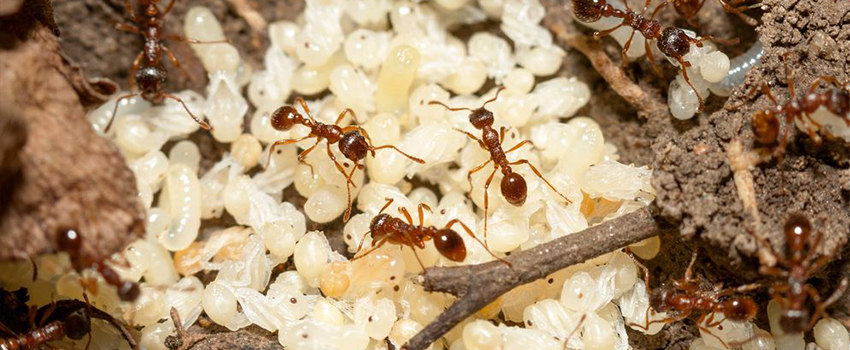
If you can locate the nest, the best option is to deal directly with the source of the problem. Pouring boiling water on it will usually do the trick and kill all the ants quickly. It’s vital to eliminate the nest because of the queen. Killing the ants that come into your home will only be a temporary fix. However, if you manage to kill the queen you can get rid of the entire colony.
How to Treat Fire Ant Bites
Ant bite remedies are essential if you’re dealing with aggressive ants that sting or bite such as red imported fire ants. If you do get bitten or stung, monitor the affected area to see if you are allergic to insect bites. Wash the bite with soapy water and place a cool compress on it in order to reduce the swelling.
Conclusion
Ants are built to survive and completely eliminating them from your grounds may be next to impossible. The best strategy is to make it as hard as possible for them to come back and to equip your home with all of the natural repellents that work best for you. As long as they aren’t in your home, ants won’t trouble you too much. Now that you know how to get rid of ants, it should be easy to keep them away from your pantry.

